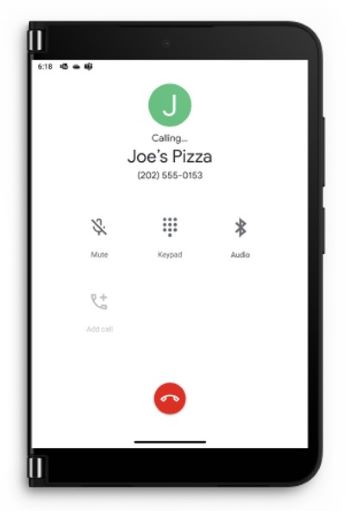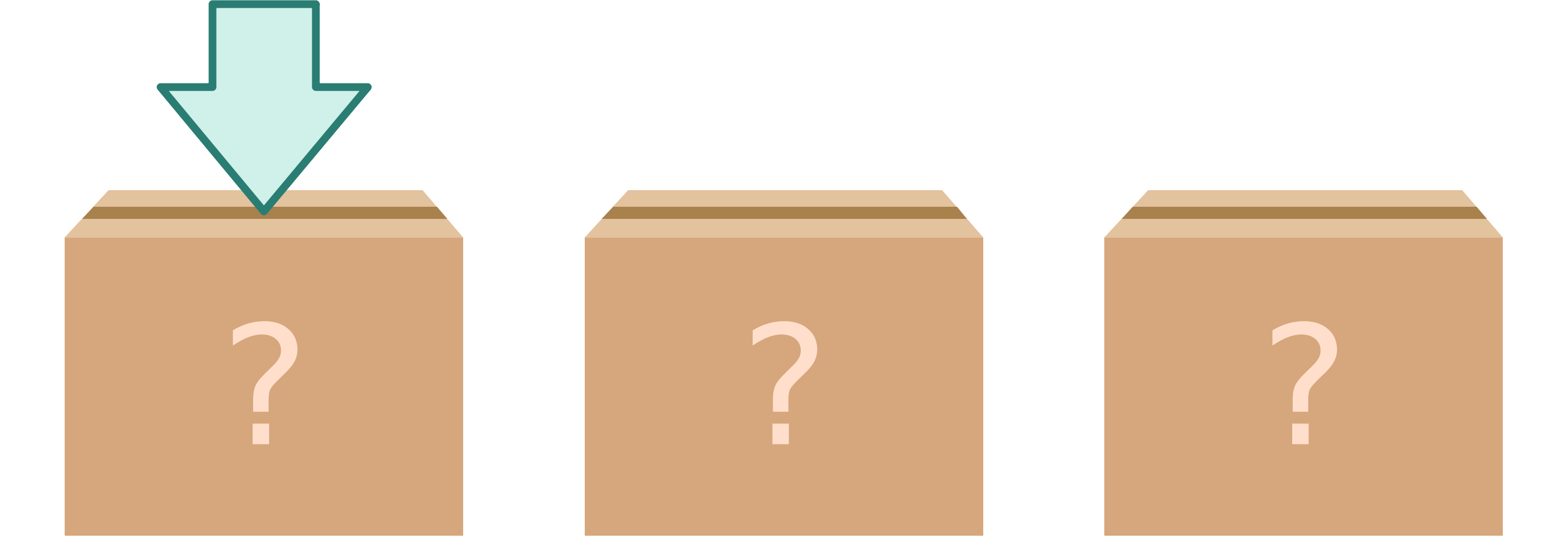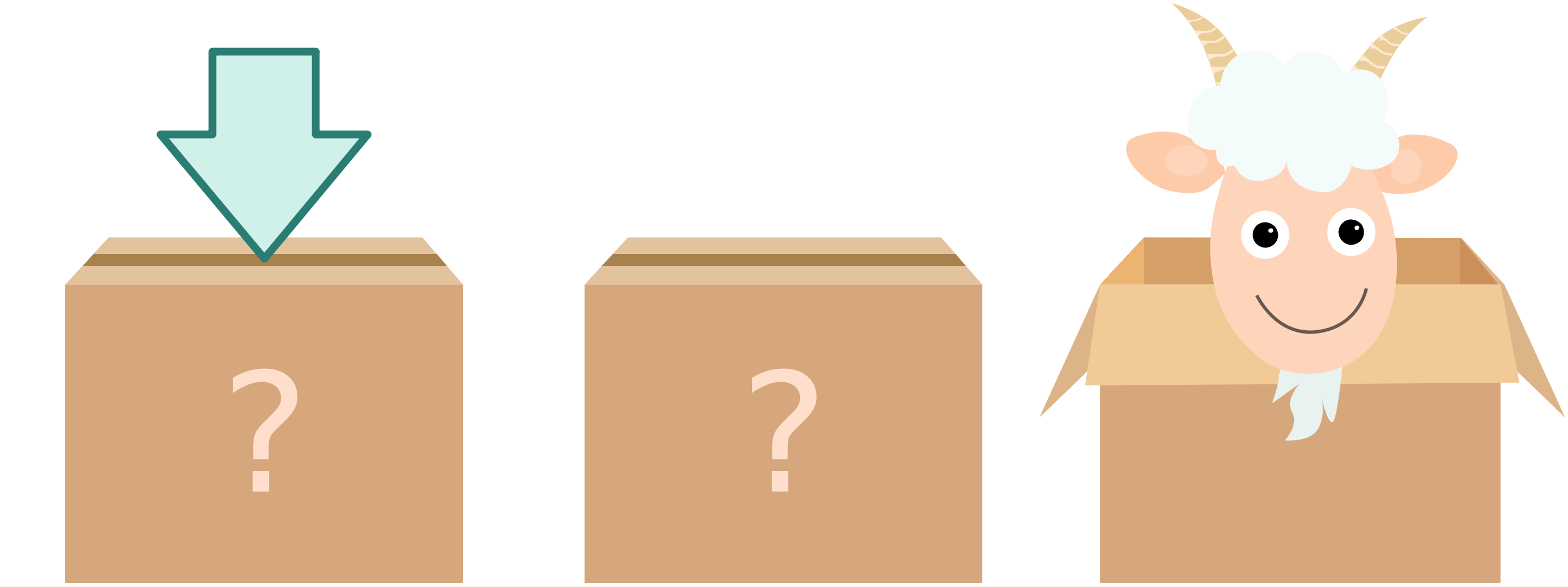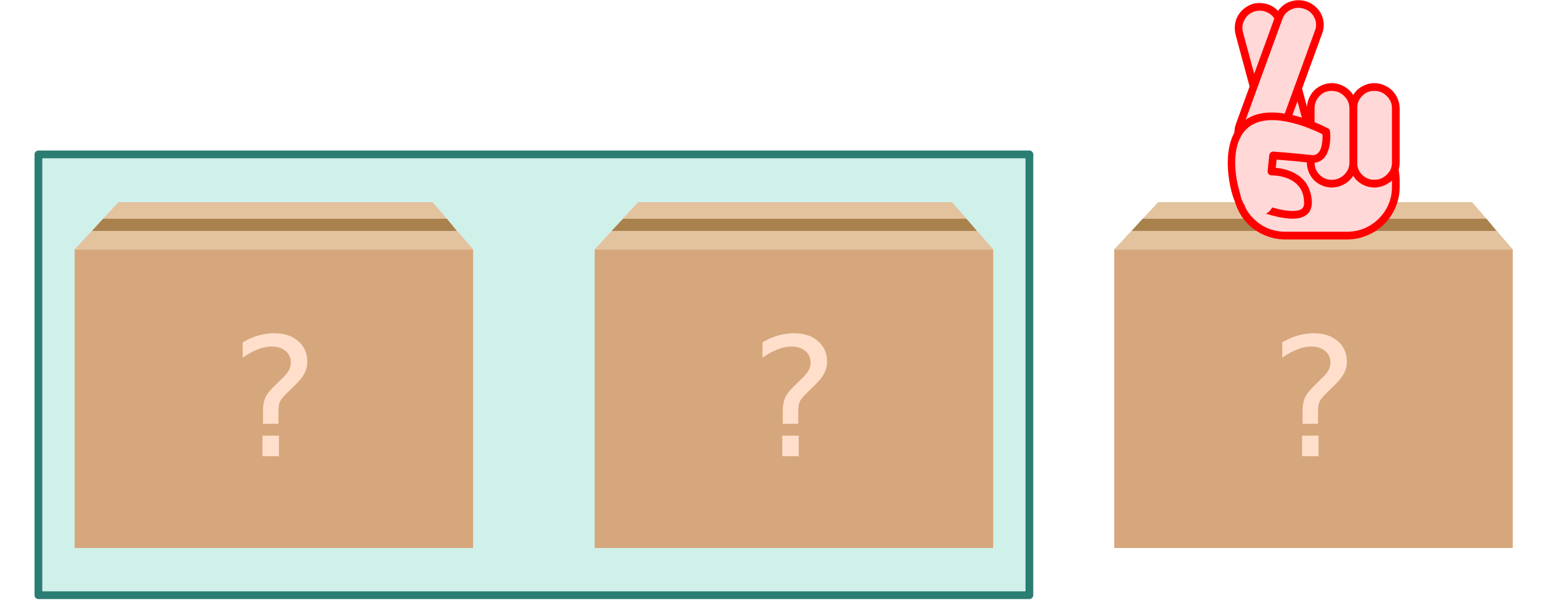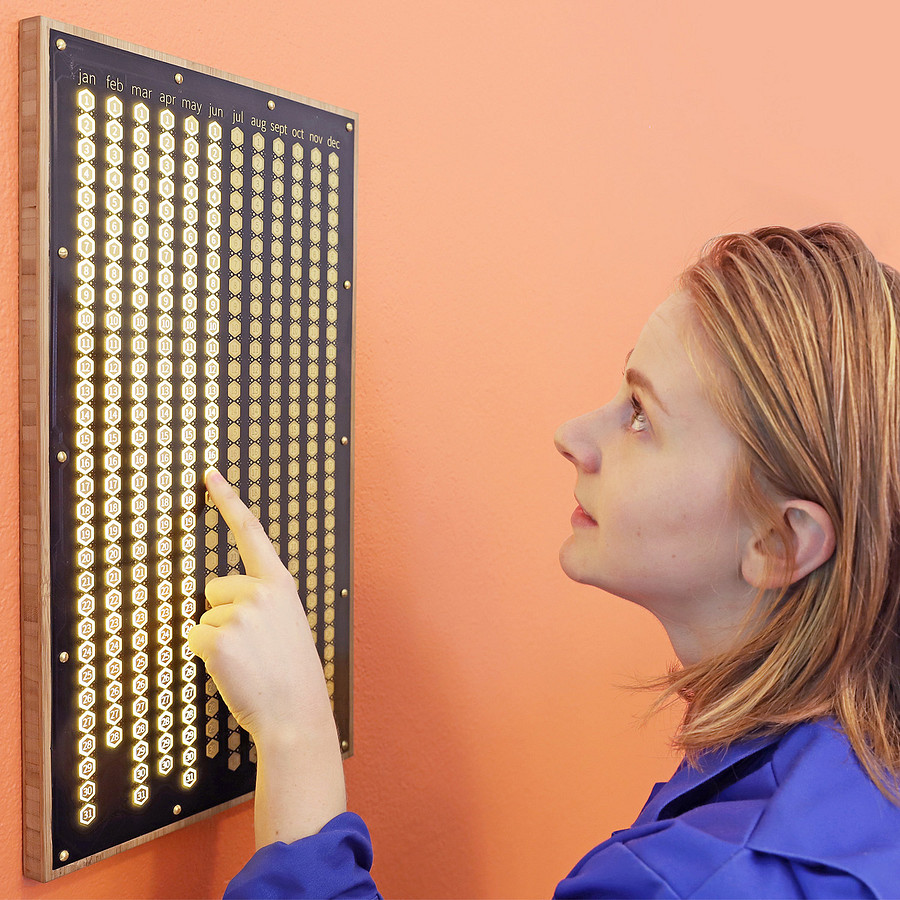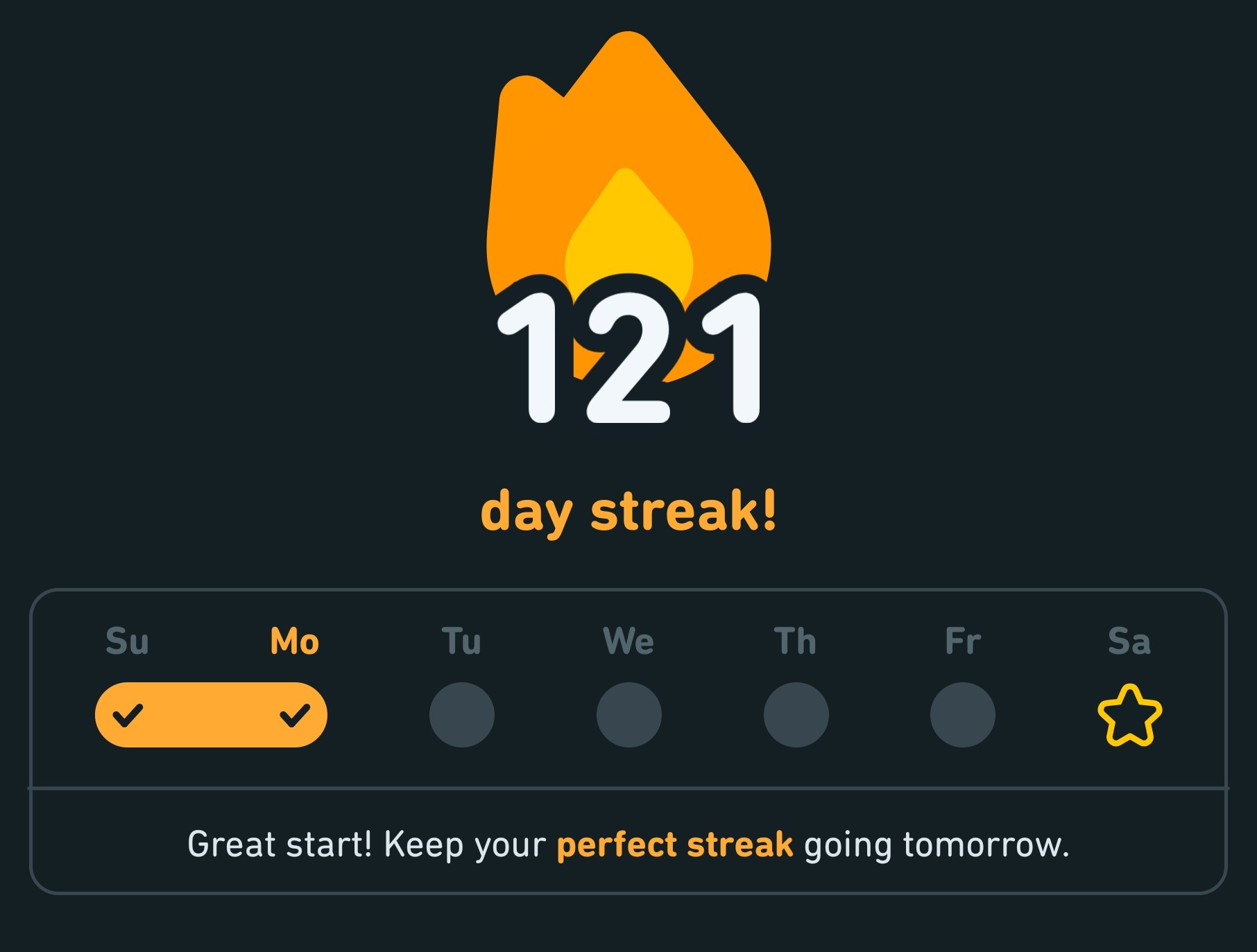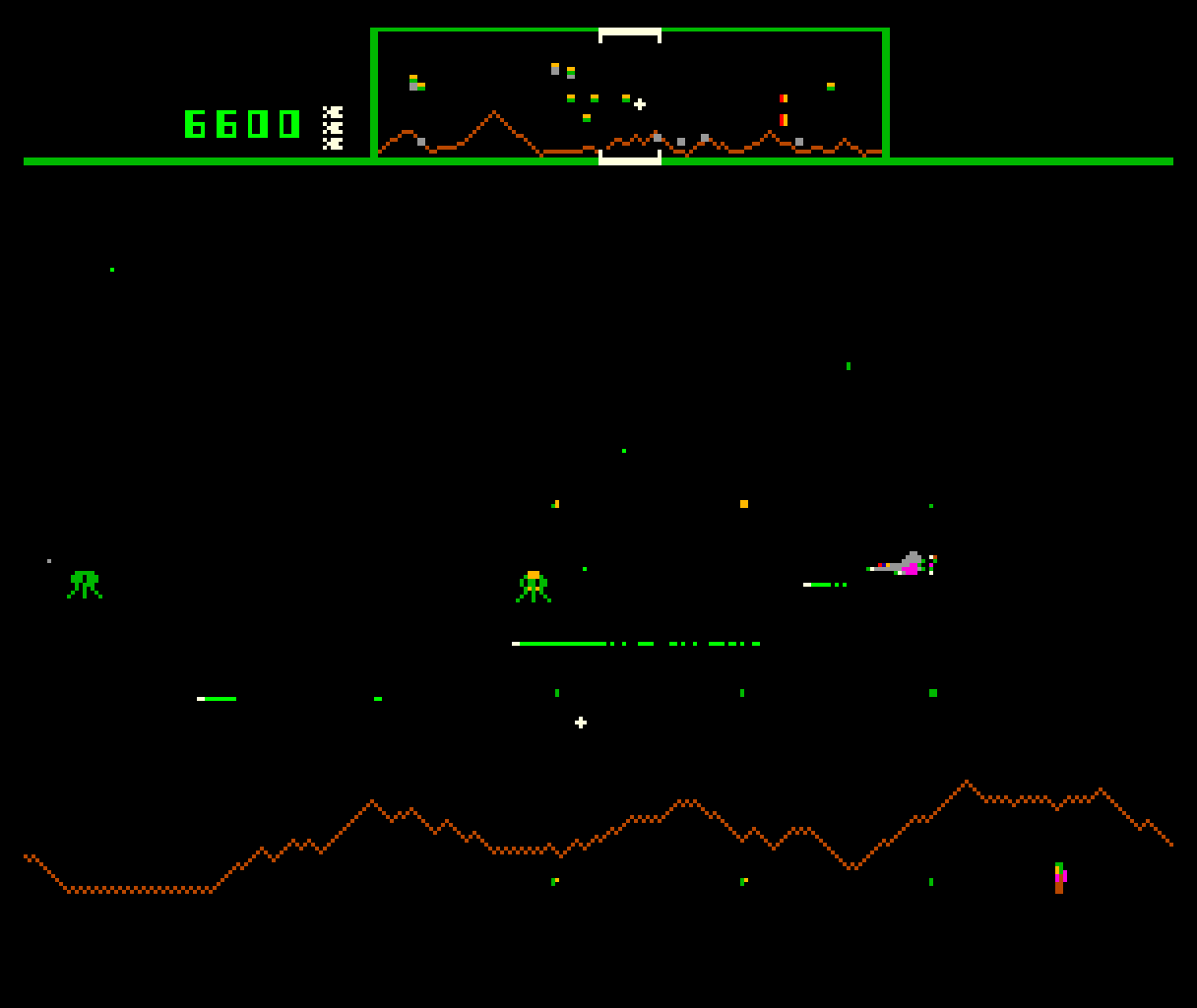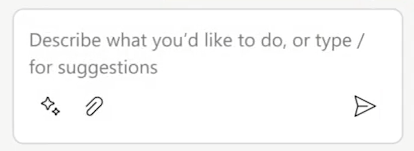Please, Support Books
The Pragmatic Bookshelf has all of their books at half price1 until December 1st using coupon code "save50". They're DRM-free and compatible with any ebook reader.
Here are some of their books I've read recently that I enjoyed a lot:
Hands-on Rust and Advanced Hands-on Rust. Rust is a difficult language to wrap your head around, particularly if you've been programming for a long time and have some things to unlearn before Rust starts making sense. It needs an up-front investment until it all snaps into place. These two books are a huge help for getting to that "Oh, I get it now!" point.
Cruising Along with Java. As a Java programmer, it's easy to stick with what you know. This book provides a succinct explanation of newer Java features and how and when to use them.
Kotlin Brain Teasers. I very much enjoy all the Brain Teasers books, but since I've recently started using Kotlin, I'm mentioning this one in particular.
Server-Driven Web Apps with htmx is also a great book to read. HTMX is an interesting idea and a good alternative to much larger frameworks for many projects.
Write Better with Vale. Admittedly, I haven't read this book yet, but it's on my "to read" list. The topic is super interesting, and since it's from PragProg, I know it's going to be good.
Some other books that might be of interest include The Healthy Programmer, a whole-ass book just on tmux, the eye-opening Seven Obscure Languages in Seven Weeks, or Dave Thomas' new book Simplicity.2
LLMs have had a significant impact on book sales, particularly technical books. These systems are killing the companies that created much of the content that made LLMs useful in the first place. Not just PragProg, but also other publishers. In related news, Manning has Black Friday deals right now, too.
If you want companies like The Pragmatic Bookshelf to continue making high-quality, trustworthy content, please support them.
-
All of their books except for The Pragmatic Programmer. ↩︎
If you require a short url to link to this article, please use http://ignco.de/811



